-
Home
-
Shop
New -
Explore
-
Support
-
Track Order
Feb 04, 2023
Author:Jackson Watson
When the cat instantly throws up after eating, cat owners frequently blame a new cat food. Although the connection seems apparent, other elements can indicate distinct, behavior-based causation. Soon after, you can hear someone throwing up close to her dish. Why does my cat throw up after eating? And why does it always happen right before a meal? Find out the answer here!
Even when they are healthy, cats can spit. Your cat may be overeating or eating too quickly if they throw up shortly after eating. They could be responding to a change in their food or have consumed something harmful, like a rubber band or piece of string. There are additional reasons, including:
When it's time to eat, cats sometimes get excited and eat wildly. This may result in throwing up soon after eating. If you have a chunk, you might want to think about getting an electronic feeder that dispenses food in smaller amounts regularly.
This is the main cause behind your cat throwing up food but acting normal. Some cats may eat overly quickly, which can lead to regurgitation of partially digested food. You may slow your cat down by feeding it from a food puzzle toy.
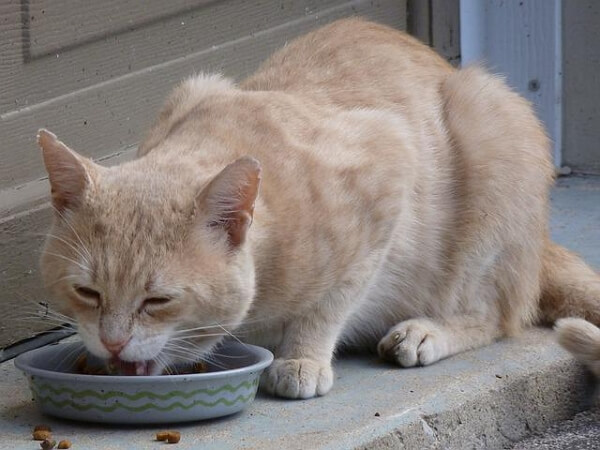
Cats most frequently experience food allergies between the ages of 2 and 6, and symptoms don't appear until the cat has been repeatedly exposed to the offending allergen (for instance, by eating it every day). A food that has been hydrolyzed means that the protein has been disassembled into its constituent amino acid components. This stops your cat from developing allergy symptoms and stops your cat's immune system from detecting the food as containing an allergen.
It's almost definite that your cat has roundworms if you notice that your cat throws up after eating. Treatment must be started right away to avoid spreading the infection to your family and other pets. Diarrhea, weight loss, a rough hair coat, and/or a pot-bellied appearance are all symptoms of intestinal parasites. Additionally, vomiting is common, and the vomit occasionally contains worms. Intestinal parasites in cats can occasionally go undetected.
It is not normal for cats to throw up; it may indicate a digestive obstruction, discomfort, infection, or even heartworm disease. Additionally, it might indicate pancreatitis or a metabolic condition like kidney failure. Constipated cats may frequently experience vomiting, loss of appetite, and depression in addition to straining in the litter box. Visit your veterinarian at that point.
Is it common for cats to throw up? As many people questioned? Not at all. Cats frequently have acid reflux, which can happen for several different causes. The muscle that separates the stomach from the esophagus may have relaxed if your cat just underwent anesthesia. Acid reflux may result from improper posture or difficulty recovering from anesthesia. Your cat may spew undigested food when its eating schedule is altered, if it skips a meal, eats later than usual, or if it feeds less often than usual.
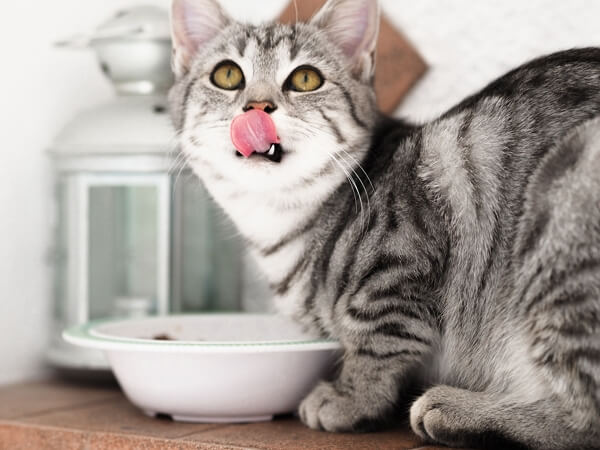
It's also possible for your cat to throw up after eating if you switch to a new cat food too rapidly. To prevent pain, gradually combine a larger amount of fresh food with a smaller amount of old food over seven days. Changing foods may introduce a component that sets off an allergic reaction, but it may also disrupt your cat's eating schedule and induce vomiting after meals. Always introduce new foods slowly to prevent this from happening.
Even if lunchtime food, not hairs swallowed during your cat's grooming, is what causes hairballs, the presence of hairballs might still cause your cat to puke after eating. Your veterinarian may advise therapies such as diet changes to decrease hair development or grooming your cat to lessen the amount of ingested hair if your cat frequently vomits hairballs.
There are several steps you may take to assist stop or lessening your cat's frequency of throwing up after eating, including:
The ordinary cat needs roughly 30 calories per pound of body weight each day to maintain a healthy weight and engage in normal activity. Thus, a cat weighing 8 pounds would require about 240 calories per day. The amount of food that translates can then be found by looking at the cat food packaging. On the side of the box for the majority of cat foods are suggested serving sizes. Simply divide the daily amount of food by the number of meals you intend to provide each day to determine how much food to feed a cat at each meal.
Small quantities are preferable when it comes to how much food your cat should consume at one time. Calculate your cat's daily food intake and break it down into smaller portions of one or two tablespoons each. This technique can prevent your animal friend from overeating, giving her more time to process the food she does eat. Smaller quantities mean that your cat won't need to throw up as often because his or her small stomach can better handle the amount of food coming in.
You should always check the expiration date of the cat food you are using, even if it seems apparent. Throw it away and buy more if it has expired. Your cat may be ill as a result of eating expired food.
It would be best if you made some adjustments so that your cat can give up her propensity to devour everything in her bowl and instead be encouraged to eat more like she would in the wild. Put a ball in your cat's bowl to keep her occupied. She will have to eat around the ball, which will compel her to consume food more slowly. This is an excellent way to protect your cat from throwing after meals.
Dietary disturbance brought on by abrupt dietary changes in your cat might result in vomiting, diarrhea, and even a decrease in appetite. You should ideally allow at least a week to transfer your cat from one food to another.
Your cat should be examined by a vet as soon as possible if she throws up more than three times, has trouble swallowing food, and appears exhausted. She might just be feeling a fleeting sickness, but if it's something more serious, therapy must start immediately.
Additionally, as wet food more closely matches the nutritional and hydration requirements of cats, experts advise feeding it to them regularly. Automatic pet feeders are designed to automatically distribute a predetermined amount of food at a predetermined time, saving you the hassle even though they seem like a fantastic approach to taking care of your pet when you're away.
WOpet patrol automatic pet feeder is our recommendation when it comes to such a product. It can schedule and manage the meals for your cats on time even you are at work or on a go. You can schedule up to 1-8 meals per day, 1-20 portions per meal. All is up to you.
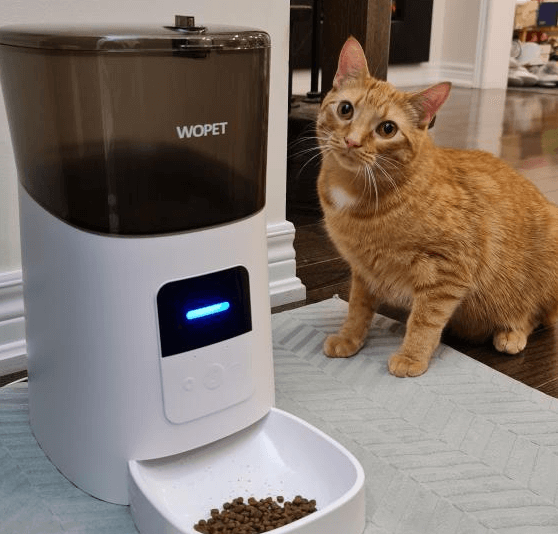
Moreover, WOpet smart feeder can record a 10s customizable message & play at mealtimes to call your cat. So that your furbaby will not feel lonely when the food portion is dispensed.
Vomiting is considered to be a common symptom. It may be related to a variety of health problems. Your cat's vomit containing unprocessed food could be a sign of a severe illness. Identifying the precise reason why your cat throws up the food and how to treat it before seeking any necessary veterinary help is crucial.
Popular Post
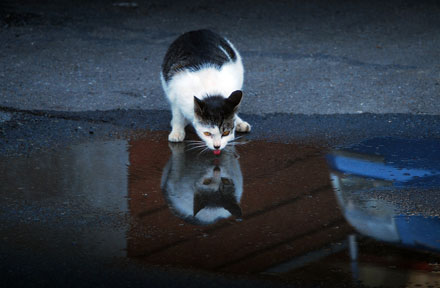
Why Does My Cat Cough After Drinking Water? 8 Potential Reasons
Mar 13, 2023
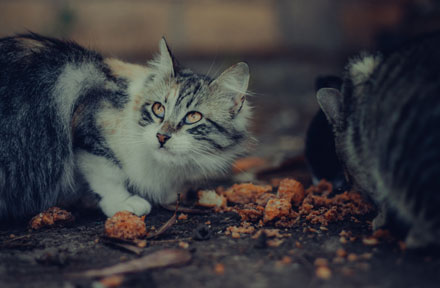
My Cat Only Eats A Little at A Time - What to Do?
Feb 27, 2023
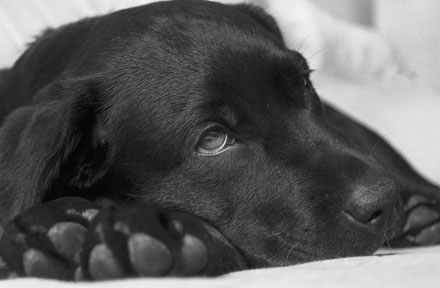
What to Feed a Sick Dog With No Appetite? [2024 Guide]
May 16, 2023

Why Is My Dog Being Destructive All of A Sudden?
Feb 04, 2023
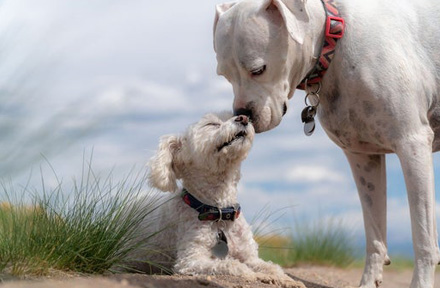
Do Puppies Miss Their Moms
Feb 11, 2023
Copyright © 2024 WOPET. All Rights Reserved.